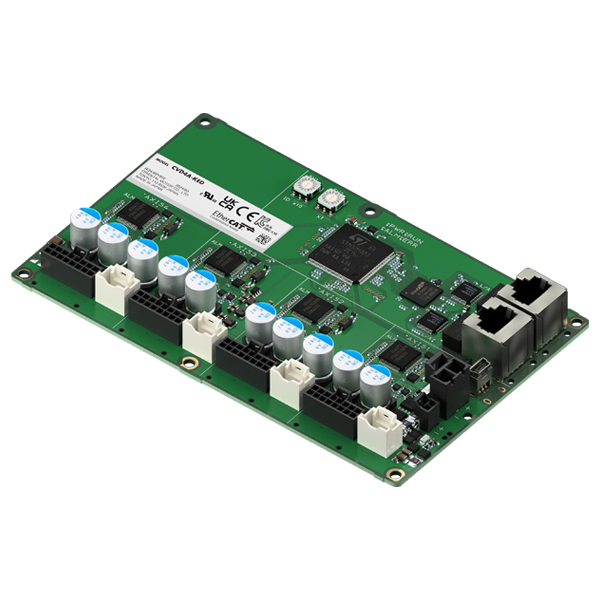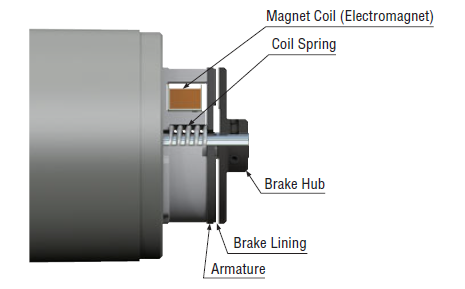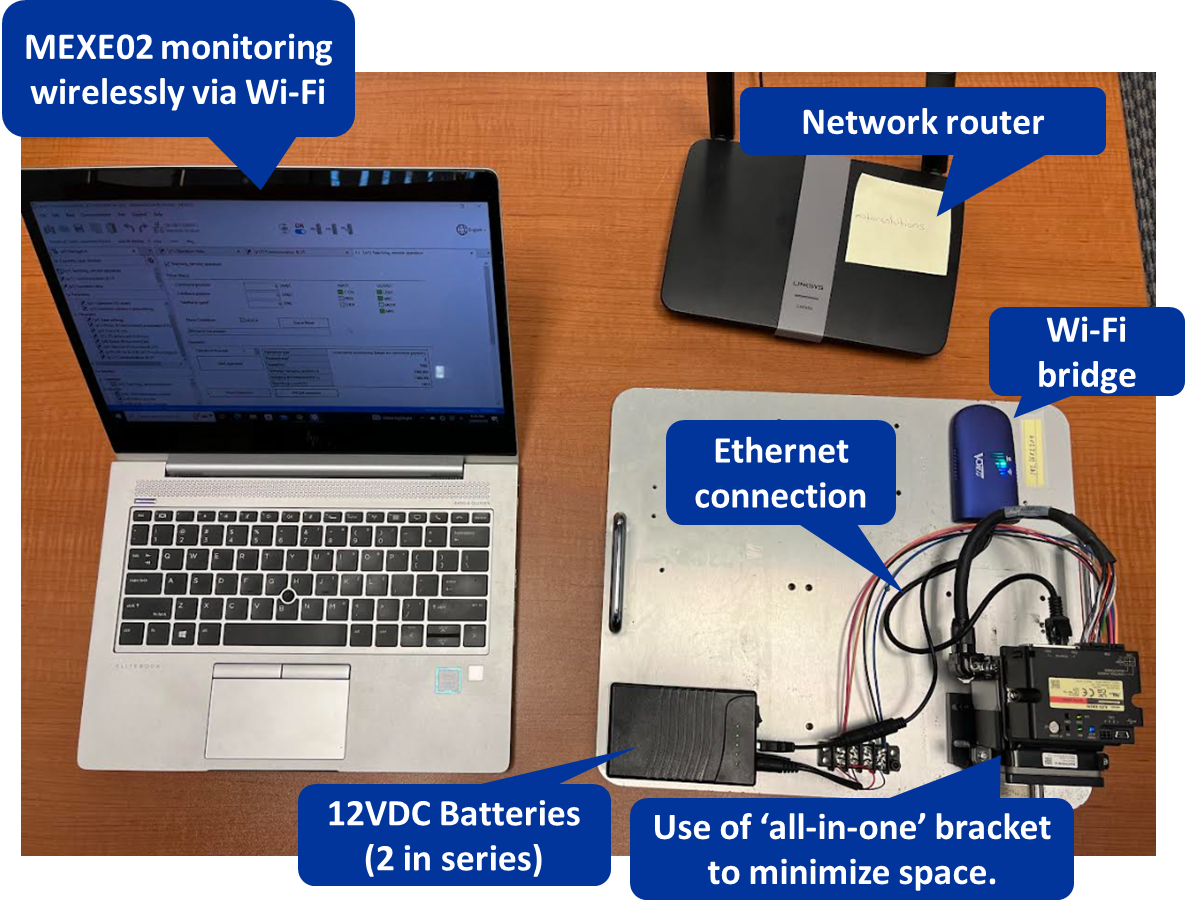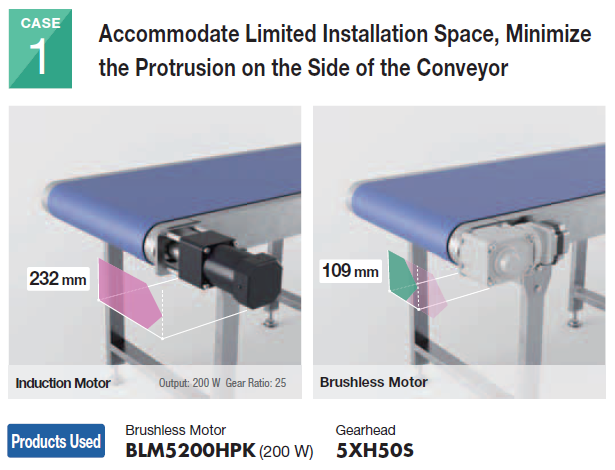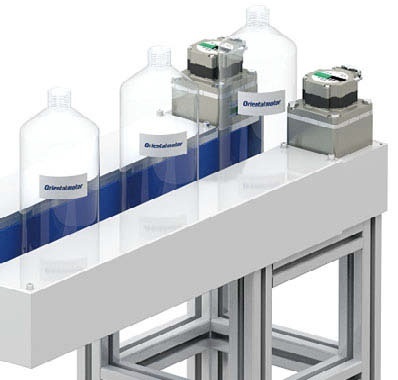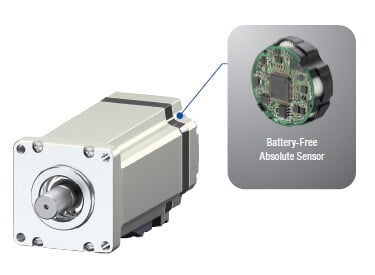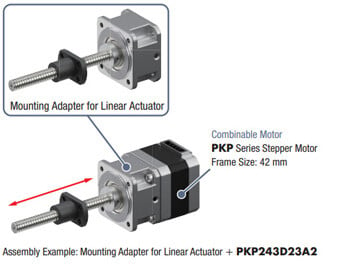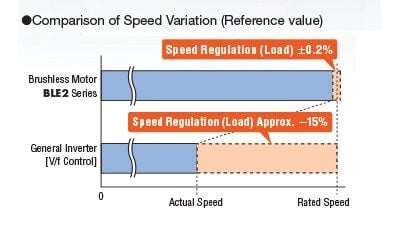CVD Series stepper drivers are the best choice for PKP Series high-torque stepper motors due to their unique abilities to reduce different types of motor vibrations and optimize performance.
Welcome to Oriental Motor's "Engineering Notes" Blog:
Products and technology are only valuable when coupled with skilled people and services to support them. Since 1978, ORIENTAL MOTOR U.S.A. CORP. has been building a service and support system to better serve customers. It is our goal to provide the best product and service from the design phase, through the sale and beyond.
Our blog will feature:
- Introduction to new products and technologies
- Motion control basics and application examples
- Tips for motor selection, programming, and troubleshooting
CVD Series Stepper Motor Drivers Explained
Topics: Stepper Motors, Smooth Drive, VIDEOS
How a Network-Compatible Multi-Axis Driver Can Simplify Design and Reduce Costs for Automated Chip Inspection
A network-compatible multi-axis driver can save space and reduce costs by combining multiple stepper motor drive circuits in a single product and minimizing the number of wires necessary to control motion in automated chip inspection equipment.
Topics: Stepper Motors, VIDEOS, Application Examples, New Product Introductions, Semiconductors
Why Electromagnetic Brake Type Motors are Necessary for the Medical Industry
Topics: AC Motors, Stepper Motors, Robotics, Linear Actuators, VIDEOS, BLDC Motors, Vertical Lifts, Application Examples, Service Life, Medical, AGV/AMR, Laboratory
Explainer: How to Perform Wireless Motion Control with an Ethernet Type Driver
In the factories of the future, wireless motion control will offer unprecedented flexibility for mobile machines and space-constrained applications. This comprehensive guide walks engineers through implementing wireless motion control using Oriental Motor's AZ Series Ethernet Type mini Driver, eliminating cables while maintaining precise motion control.
Topics: Stepper Motors, Robotics, Alphastep Hybrid Control, VIDEOS, Software, Network, Product Demos
Advancing Conveyor Design and Performance with Brushless DC Motors
AC induction motors are the workhorses that power many types of conveyors to transport materials. However, there's a smaller but mightier type of motor that can help enhance the design and performance of conveyors for many industries.
Topics: Speed Control, VIDEOS, BLDC Motors, Washdown, Application Examples, New Product Introductions, Food & Packaging, Grip Conveyors, Conveyors
Explainer: How to Synchronize Speeds Between Multiple Motors with One Potentiometer
For speed synchronization applications like a dual belt labeling conveyor, multiple motors must run at the same speed. What is the best type of motor to use and what are the methods to achieve this? Our application engineer set up a product demonstration to show you how this can be done with one potentiometer.
Topics: Speed Control, VIDEOS, BLDC Motors, Grip Conveyors, Conveyors, Product Demos
OVR Series: An Extended Family of Small Industrial Robots
Learn how Oriental Motor's compact and easy-to-use small industrial robots, robot controllers, and software can help simplify robotic automation.
Topics: Stepper Motors, Robotics, Absolute Positioning, Alphastep Hybrid Control, Linear Actuators, VIDEOS, Software, Application Examples, New Product Introductions, XYZ/Cartesian/Gantry
AZX Series: Servo Motors with Mechanical Absolute Encoders
This article introduces the key innovations of the powerful AZX Series, which is a uniquely different servo motor and driver system designed to be easier to use and more cost-effective than traditional servo motor systems.
Topics: Absolute Positioning, VIDEOS, Servo Motors, New Product Introductions
Stepper Motor Linear Actuator Attachment: Easily Convert Stepper Motors to Linear Actuators
The popularity of micro linear actuators has been steadily increasing, driven by the need to increase productivity in confined spaces. To help meet the demand of the miniaturization trend, Oriental Motor has developed a compact linear actuator that can be attached to an off-the-shelf stepper motor.
Topics: Stepper Motors, Robotics, Linear Actuators, VIDEOS, Application Examples, New Product Introductions, Medical
VFD vs BLDC: Which Technology is Better for Speed Control?
While AC induction motors and VFDs are often the go-to choice for speed control applications, several other alternatives are available, from servo motors to AC motors with tachometers. However, brushless (BLDC) motor technology is quickly growing in popularity in compact designs while also offering other advantages that are often overlooked.
Topics: AC Motors, Speed Control, BLDC Motors

